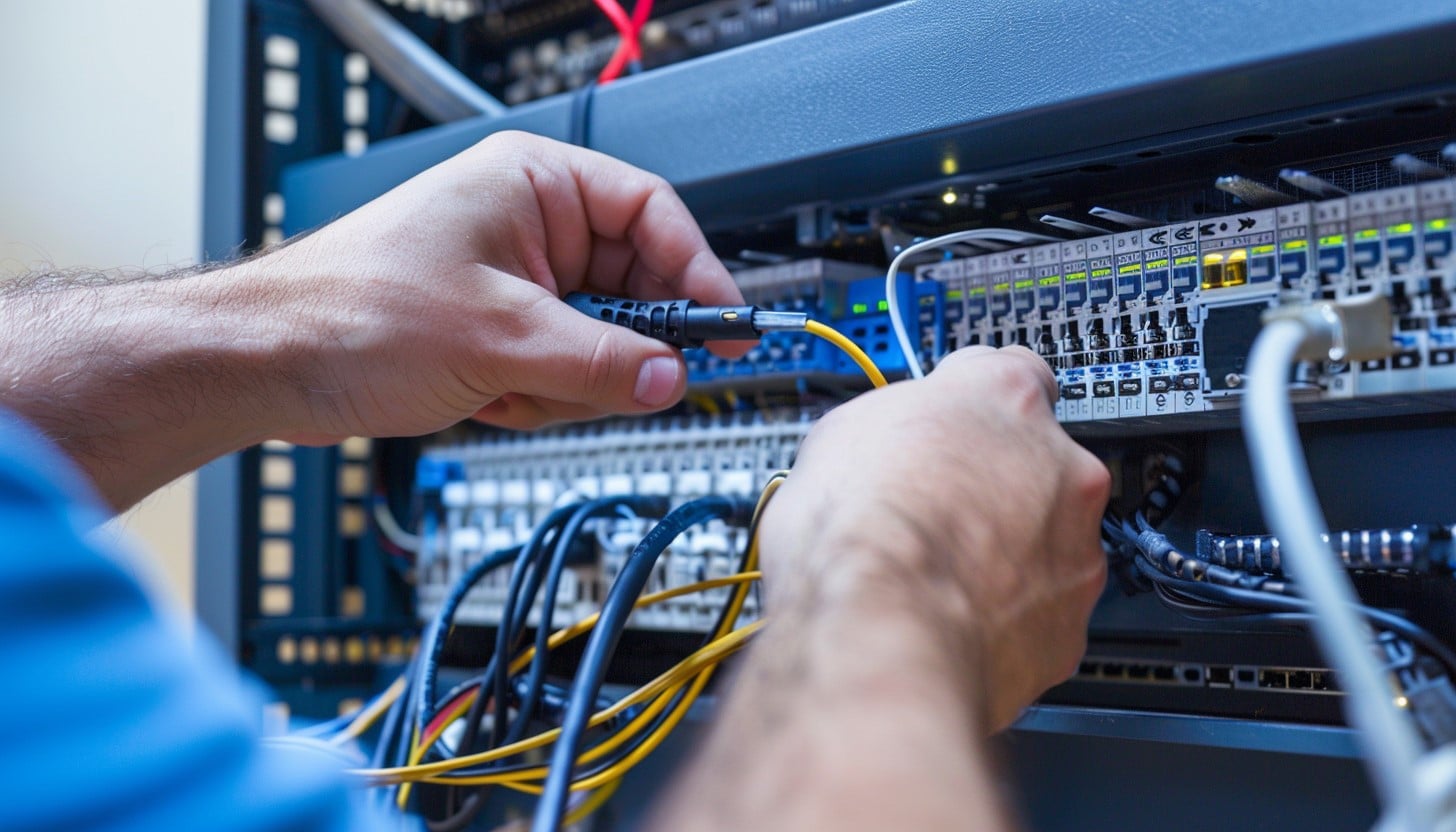In today’s digital age, having a fast and reliable Wi-Fi network is essential. Whether you’re streaming movies, gaming online, or working from home, optimizing your Wi-Fi network settings can significantly enhance your internet experience. In this blog, we’ll explore the best Wi-Fi network settings to help you achieve faster speeds, ensuring you get the most out of your internet connection.
Understanding Wi-Fi Basics
Before diving into specific settings, it’s important to understand some basic concepts about Wi-Fi.
Wi-Fi Bands: Wi-Fi operates on two primary frequency bands: 2.4 GHz and 5 GHz. The 2.4 GHz band covers a larger area but offers slower speeds, while the 5 GHz band provides faster speeds but has a shorter range.
Wi-Fi Standards: The most common Wi-Fi standards are 802.11n (Wi-Fi 4), 802.11ac (Wi-Fi 5), and 802.11ax (Wi-Fi 6). Each new standard offers improvements in speed, range, and overall performance.

Best Wi-Fi Network Settings for Faster Speeds
To optimize your Wi-Fi network settings for faster speeds, follow these comprehensive steps:
1. Choose the Right Wi-Fi Band
- 2.4 GHz vs. 5 GHz:
- Use the 2.4 GHz band for devices that require a broader coverage area and can tolerate slower speeds, such as smart home devices.
- Use the 5 GHz band for devices that need faster speeds and are closer to the router, such as laptops, smartphones, and streaming devices.
2. Optimize Wi-Fi Channel Settings
- Automatic Channel Selection: Most modern routers can automatically select the best channel. Enable this feature to avoid interference from neighboring networks.
- Manual Channel Selection: If you experience interference, manually select a less congested channel. Use a Wi-Fi analyzer app to find the best channel.
3. Adjust Channel Width
- 20 MHz vs. 40 MHz vs. 80 MHz:
- For the 2.4 GHz band, set the channel width to 20 MHz to reduce interference.
- For the 5 GHz band, use 40 MHz or 80 MHz for faster speeds.
4. Enable Quality of Service (QoS)
- Prioritize Traffic: Use QoS settings to prioritize traffic for critical applications such as video conferencing and gaming. This ensures these activities get the necessary bandwidth.

Advanced Wi-Fi Network Settings
For more technical users, tweaking advanced settings can further enhance Wi-Fi performance.
1. Enable MU-MIMO
- Multi-User, Multiple Input, Multiple Output (MU-MIMO): This feature allows the router to communicate with multiple devices simultaneously, improving overall network efficiency. Ensure your router supports MU-MIMO and enable it in the settings.
2. Update Firmware Regularly
- Router Firmware: Keeping your router’s firmware up to date ensures you have the latest performance improvements and security patches. Check for updates in the router’s admin interface.
3. Adjust Transmit Power
- Transmit Power Control: Some routers allow you to adjust the transmit power. Increasing the power can improve coverage, but it may also cause interference. Experiment with different settings to find the optimal balance.
Troubleshooting Common Wi-Fi Issues
Despite optimizing settings, you might still encounter issues. Here’s how to troubleshoot common problems:
1. Wi-Fi Signal Interference
- Sources of Interference: Other electronic devices, walls, and even microwave ovens can interfere with your Wi-Fi signal. Place your router in a central location, away from potential sources of interference.
2. Slow Wi-Fi Speeds
- Speed Tests: Use a speed test tool to check your internet speed. Compare the results with your subscribed plan to identify discrepancies.
- Router Placement: Ensure your router is elevated and free from obstructions. Avoid placing it in enclosed spaces.
3. Device Compatibility
- Older Devices: Older devices may not support the latest Wi-Fi standards, resulting in slower speeds. Upgrade devices where possible to ensure compatibility with newer standards.

FAQs
To address common queries about Wi-Fi network settings, here are some frequently asked questions:
Q1: How do I change my Wi-Fi channel? A1: Access your router’s admin interface via a web browser. Navigate to the wireless settings section and select a new channel from the available options.
Q2: What is the best Wi-Fi standard for speed? A2: Wi-Fi 6 (802.11ax) is currently the best standard for speed and performance. It offers improvements in speed, range, and the ability to handle multiple devices simultaneously.
Q3: How often should I update my router’s firmware? A3: Check for firmware updates at least once every few months. Regular updates ensure you have the latest performance enhancements and security fixes.
Q4: Can too many devices slow down my Wi-Fi? A4: Yes, having too many devices connected can reduce overall speed. Use QoS settings to prioritize essential devices and activities.
Q5: What is a Wi-Fi analyzer app? A5: A Wi-Fi analyzer app helps you identify the best Wi-Fi channels and detect sources of interference. Popular apps include NetSpot, WiFi Analyzer, and inSSIDer.
Conclusion
Optimizing your Wi-Fi network settings is crucial for achieving faster speeds and a more reliable connection. By choosing the right Wi-Fi band, optimizing channels, enabling QoS, and utilizing advanced features like MU-MIMO, you can significantly enhance your Wi-Fi experience. Regularly update your router’s firmware and troubleshoot common issues to maintain optimal performance. With these best practices, you’ll enjoy faster, more reliable Wi-Fi speeds for all your online activities.

From curious child to the President of WyreDreams, my journey started with a fascination for the wires behind my dad’s boombox. Today, I lead a team dedicated to transforming standard setups into exceptional audiovisual and smart home experiences.

